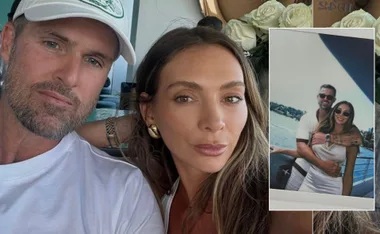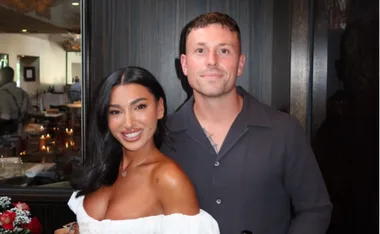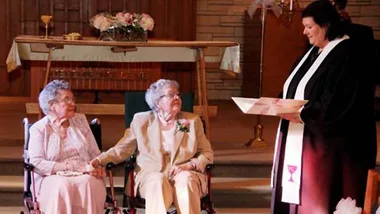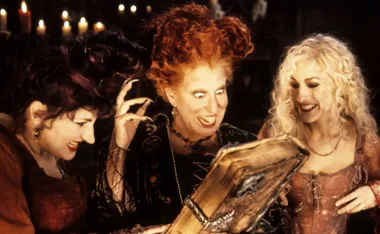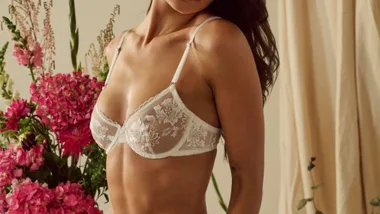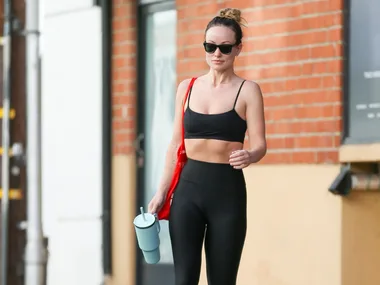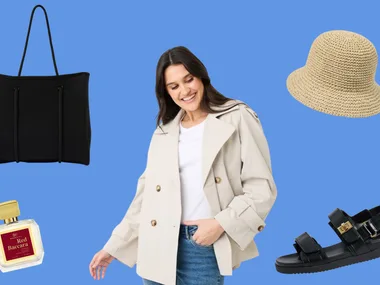I was 39 years old when my husband died unexpectedly in his sleep. It was the shock of a lifetime. He was my love, my rock, a crucial part of my life and our children’s future, and in an instant, he was gone.
A few weeks after his death, I received a letter from my insurance company. The letter said that when you lose a spouse it is normal to want to date, usually sooner rather than later.
I felt guilty even thinking about the possibility and could not fathom the idea of dating so soon after my husband died. I buried this idea along with the letter knowing I would re-enter the dating scene in my own time.
That time came several months later. I was at the grocery store and I looked up to find a man watching me with an interested look in his eye. To my surprise, I found myself feeling attracted to him.
I didn’t know what to do! This innocent exchange of glances made me uncomfortable, but only in a sense that I realised I was no longer a married woman but an available single one. That one look instilled in me a sense of freedom.
Over the next few weeks I began to consider the idea of dating. I felt like there were a few things I needed to do before it would feel comfortable to date.
First, I needed to be willing to discuss dating with people who I was close to. I decided to talk to my father-in-law. He was the person closest to my husband. I called him and asked him what he thought about me dating.
He said genuinely that he wanted me to be happy and that he knew Mark would want me to be happy too. He didn’t hesitate to give me his blessing to date whoever and whenever I wanted.
I also called my sister. I told her I’d been thinking about dating. I wasn’t sure what she would say and was shocked when she didn’t say anything. Instead the line seemed to go dead. I said, “Are you there?”
She replied, “Yes, I was crying. I was worried you would never want to date again after Mark. I’m so happy you are considering it”. Her response wasn’t what I expected, but from both her and my father-in-law’s answers I felt better about moving forward.
Second, I needed to know that I wouldn’t be dating to just fill a void. I knew that the void that Mark’s death left in my life would never be filled the same way that Mark filled it.
I knew that even as I started dating, I still had to continue to fill my own life with my own positive activities, people, and feelings; I could not put the pressure on someone else to fill Mark’s place — if I did, neither one of us would ever be truly happy.
Third, I needed to fully embrace the feeling of being attracted to another person. I decided to trust that my body was telling me ‘it’s okay!’ and gave in to the butterflies.
When I was so wrapped up in the sadness of losing Mark, I had no space to let someone in. There were no butterflies. So when I felt an attraction to a man, I thought maybe it was time.
But now what was I to do? I hadn’t dated in a decade. I was a single mum who worked full time. My options for meeting men were pretty limited. However I had met Mark online and thought it was a good place to start.
I created a profile and even programmed a search. It felt a little uncomfortable to be searching for a ‘new’ man after being with one man for 10 years.
As I scanned through the results not many of the profiles interested me. After several pages I started to wonder if I was just being extremely critical because I wasn’t ready.
But in that same moment, I stumbled upon a profile of an attractive man whose profile made me smile.
He and I met a month later and spent seven hours together on our first date. That was just the start — we wound up dating for eighteen months.
And after I’d fallen in love and spent countless hours entwined in the connection with him, I decided to stop seeing him. Not because I wasn’t ready, but because he wasn’t.
It was one of the hardest decisions of my life; it hurt me deeply and I’m sure it hurt him too. But it was the right decision.
By completely letting go and trusting the universe and jumping into intimacy with a man again I found my heart. In setting boundaries in my love life, I genuinely found myself.
And finally I realised that I could be with a man and, furthermore, consider having a future with someone other than Mark.
So, while my first attempt at a relationship after my husband did not end up as I had wanted, it was an experience that greatly furthered my healing and growth.
After losing a spouse, putting your heart on the line may feel like the last thing in the world you want to do. However, by interacting intimately with others you may find a little bit more of yourself. And in time, if you wish, I hope that you’ll find someone new to share your life with.
Jennifer Hawkins is the author of The Gift Giver, a book about losing her husband.
Your say: How long do you think people should wait after their partner has died before they start dating again? [email protected]
Newsletter conversion description. Get the latest in your inbox.
















-(1).png?resize=380%2C285)
